Home>Ideas and Tips>Indoor Polka Dot Begonia Care and Begonia Maculata Guide
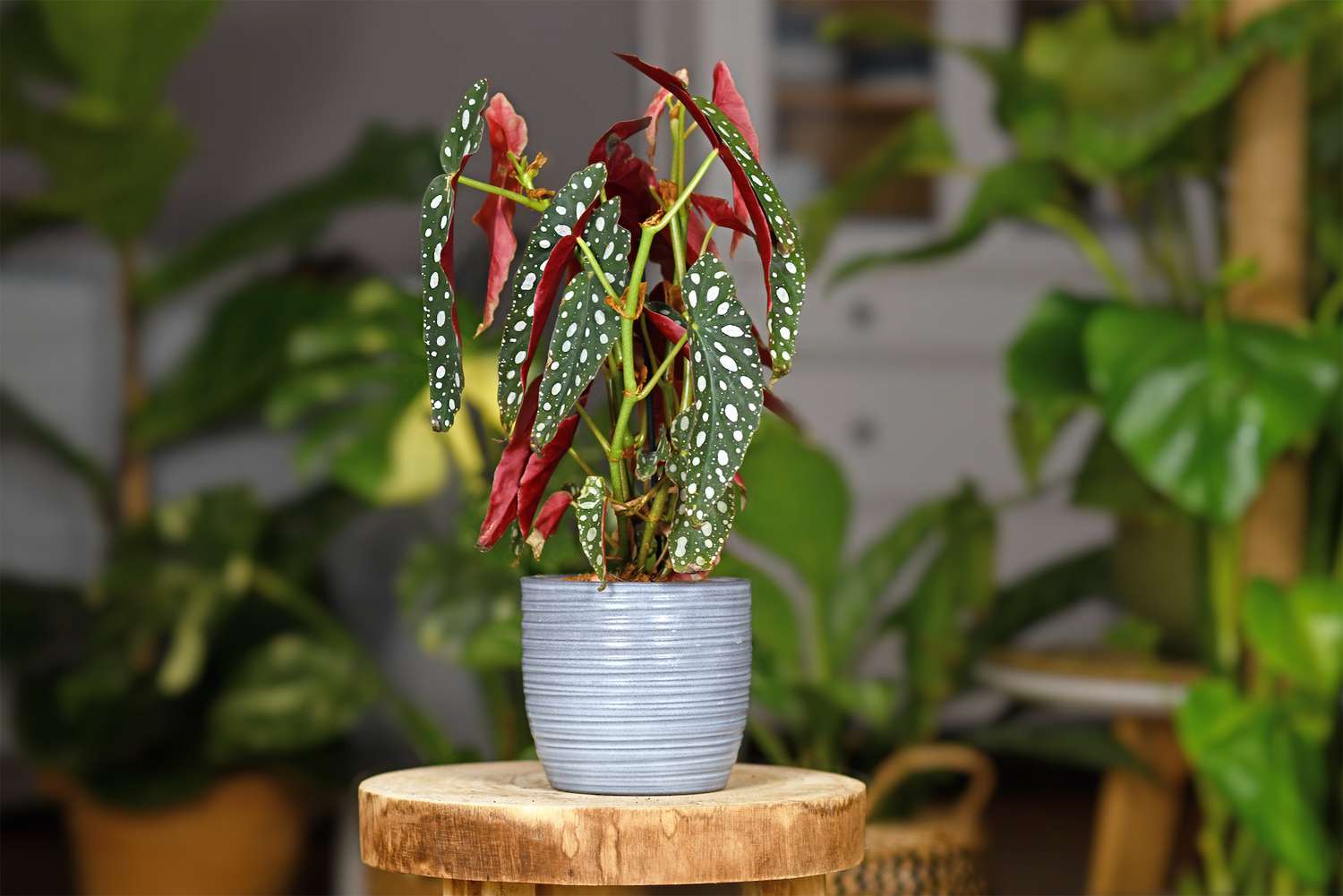

Ideas and Tips
Indoor Polka Dot Begonia Care and Begonia Maculata Guide
Published: September 25, 2024
Learn how to care for your Polka Dot Begonia (Begonia Maculata) with our comprehensive guide on watering, lighting, humidity, and more.
(Many of the links in this article redirect to a specific reviewed product. Your purchase of these products through affiliate links helps to generate commission for Storables.com, at no extra cost. Learn more)
The Polka Dot Begonia, scientifically known as Begonia Maculata, is a stunning and unique houseplant that has captured the hearts of many plant enthusiasts. Its striking olive green leaves adorned with silver polka dots make it a standout in any indoor space. However, caring for this beautiful plant requires attention to its specific needs, which can be a bit tricky if you're new to plant parenthood. In this comprehensive guide, we will delve into the intricacies of caring for your Polka Dot Begonia, ensuring it thrives and brings joy to your home.
Fun Facts About the Polka Dot Begonia
Before we dive into the care instructions, let's explore some fascinating facts about this plant:
- Origin: The Polka Dot Begonia was first discovered in 1982 in Brazil by an Italian researcher. It has since been introduced to various regions, including Cuba, Mexico, Argentina, and the Dominican Republic.
- Family: This plant belongs to the Begonia family, which comprises over 1,500 different species. It is also known as an "Angel Wing Begonia" due to the shape of its leaves.
- Growth: The Polka Dot Begonia can grow up to a meter high with proper care. During spring and summer, it produces sweet little white and pale pink flowers.
- Relation to Other Plants: Begonias are closely related to cucumbers, melons, and pumpkins, which might come as a surprise given their distinct appearance.
Tips to Care for the Polka Dot Begonia
Caring for your Polka Dot Begonia is relatively straightforward once you understand its needs. Here are some essential tips:
Watering
The Polka Dot Begonia likes its soil to be moist but not soggy. You should check the soil by inserting your finger into the top layer of soil. If it feels dry, it's time to water. However, if it's still a bit wet, wait for a few days before watering again.
- Seasonal Watering: The water requirements of your plant will vary depending on the season. During the hot summer months, water your plant once every four days. In the cooler autumn and winter months, reduce watering to once every two weeks.
- Avoid Overwatering: One of the most common mistakes when caring for houseplants is overwatering. This can lead to yellowing leaves and root rot. Make sure the soil drains well to prevent waterlogged soil.
Light and Position
The Polka Dot Begonia is quite relaxed when it comes to sunlight requirements. It prefers bright, indirect sunlight but can also thrive in low light conditions. However, direct sunlight should be avoided as it can cause the leaves to scorch and turn brown.
- Ideal Light Conditions: For optimal growth, place your Polka Dot Begonia near a South, East, or West-facing window. These windows provide bright indirect light that promotes healthy growth and flowering.
- Avoid Direct Sunlight: Direct sunlight can be detrimental to your plant. If you notice any scorching or browning of the leaves, it's likely due to direct sunlight exposure. Move your plant to a spot with filtered light to prevent further damage.
Humidity
The Polka Dot Begonia originates from the Brazilian rainforests, where humidity levels are high. To mimic these conditions indoors, you can use several methods to increase the humidity around your plant:
- Grouping Plants: One effective way to maintain humidity is by grouping multiple plants together. This creates a microclimate that helps maintain a higher humidity level.
- Humidifier: Using a humidifier is another excellent method to increase the humidity around your plant. This is particularly useful in dry climates or during the winter months when indoor air tends to be drier.
- Pebble Tray: Place your plant on a pebble tray filled with water and pebbles. As the water evaporates, it increases the humidity around the plant without directly misting it.
Temperature
The ideal temperature range for your Polka Dot Begonia is between 18°C to 30°C (65°F to 86°F). This range is suitable for most homes and ensures that your plant remains healthy and active.
Additional Tips for Optimal Care
Fertilization
Fertilizing your Polka Dot Begonia is essential for its growth and flowering. Use an all-purpose, water-soluble houseplant fertilizer and apply it every two to four weeks during the spring and summer months when the plant is actively growing.
Pruning
Pruning is crucial for maintaining the shape and health of your Polka Dot Begonia. Here are some tips:
- Pinching: If your plant becomes leggy or you want to encourage bushy growth, pinch off the tips of the stems. This will help create new stems and promote fuller growth.
- Pruning Height: If your plant grows too tall, prune it in late autumn when the active growing season ends. This will help maintain a manageable height and encourage new growth.
Read also: 8 Amazing Polka Dot Wall Decals For 2025
Repotting
Repotting your Polka Dot Begonia is necessary every spring when you notice slowing down of new growth. Use a slightly larger pot with fresh medium, ensuring good aeration and drainage by adding perlite or peat moss.
Common Issues and Solutions
Despite its beauty, the Polka Dot Begonia can be susceptible to certain issues if not cared for properly. Here are some common problems and their solutions:
Overwatering
Overwatering is one of the most common mistakes when caring for houseplants. If you notice yellowing leaves or soggy centers, it's likely due to overwatering. Here’s what you can do:
- Check Soil Moisture: Insert your finger into the soil to check its moisture level. If it feels wet, wait a few days before watering again.
- Air Circulation: Remove your plant from its pot and place it on a saucer to allow for air circulation. This will help dry out the soil and prevent further damage.
Powdery Mildew
Powdery mildew is a fungal disease caused by high humidity and poor air circulation. Here’s how to address it:
- Remove Infected Parts: Remove any infected leaves or flowers to prevent the spread of the disease.
- Improve Air Circulation: Ensure good air circulation around your plant by moving it to a well-ventilated area or using a fan.
Blackleg
Blackleg is caused by a fungus called Pythium, which thrives in cool temperatures, moisture, and poor ventilation. Unfortunately, there is no effective treatment for this problem. The best course of action is to remove the plant and its soil, avoid adding it to your compost, and wash the plant pot thoroughly before reusing it.
Toxicity
The Polka Dot Begonia is toxic to both humans and animals if ingested. The stems and leaves can cause oral irritation, and the roots contain the majority of the toxins. Keep your plant out of reach of children and pets to avoid any potential harm.
Propagation
Propagating your Polka Dot Begonia is relatively easy and can be done through stem cuttings or leaf propagation:
- Stem Cuttings: Take a stem cutting with at least one or two nodes and place it in water. Roots will form over time, allowing you to transfer the cutting into soil for further growth.
- Leaf Propagation: Pinch off a leaf with a petiole (the stalk that attaches the leaf blade to the plant stem) and insert it directly into the soil. Roots will develop from the petiole, creating a new plant.
Conclusion
Caring for your Polka Dot Begonia requires attention to its specific needs, including proper watering, lighting, humidity, and fertilization. By following these guidelines and being mindful of common issues, you can ensure that your plant thrives and brings beauty and joy to your indoor space. Remember to prune regularly, repot annually, and propagate new plants to keep your collection vibrant and healthy. With the right care, your Polka Dot Begonia will be a stunning addition to any home or office.
Was this page helpful?
At Storables.com, we guarantee accurate and reliable information. Our content, validated by Expert Board Contributors, is crafted following stringent Editorial Policies. We're committed to providing you with well-researched, expert-backed insights for all your informational needs.
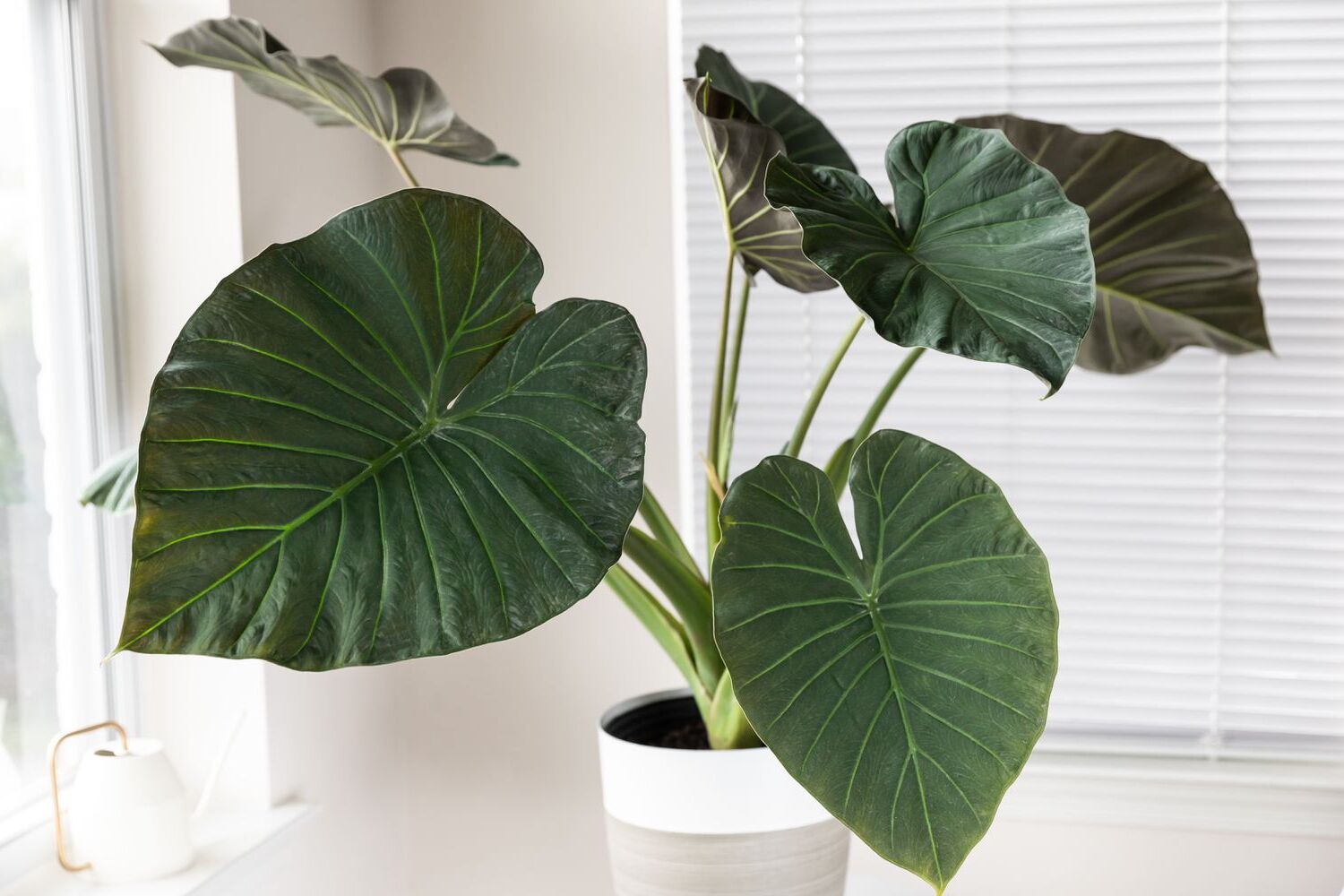
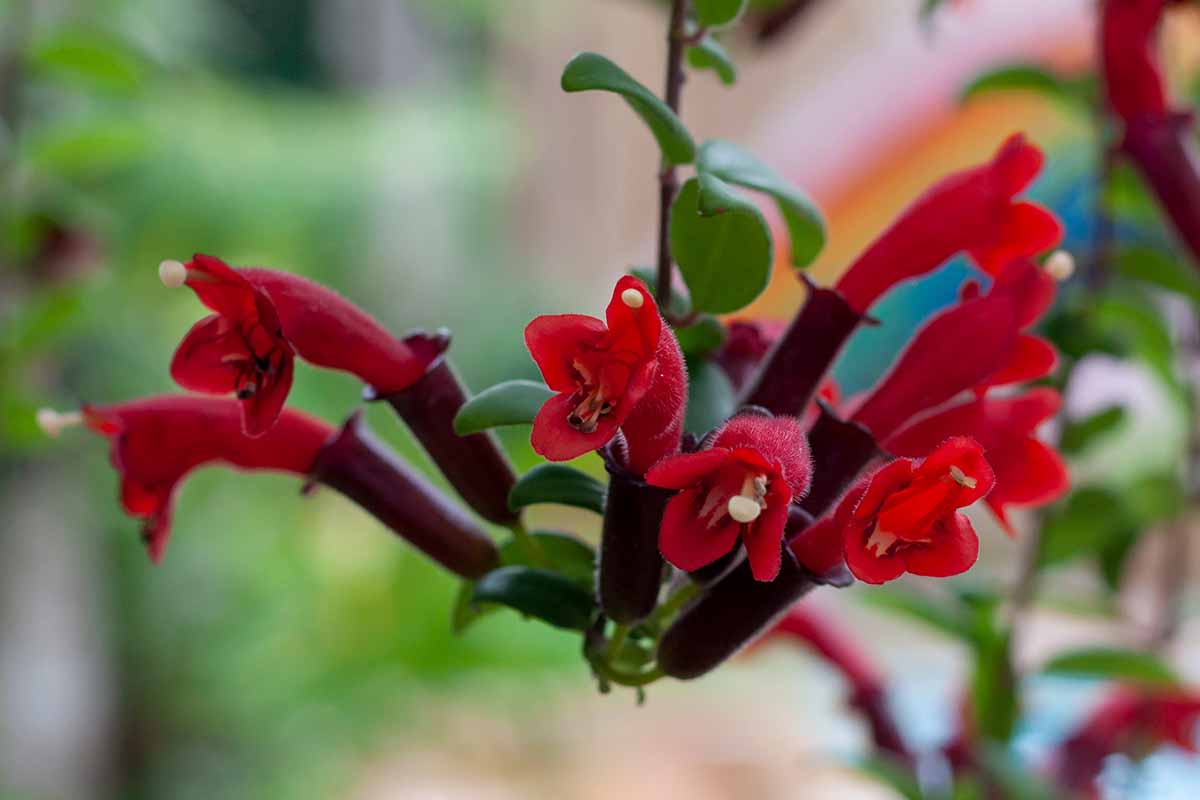
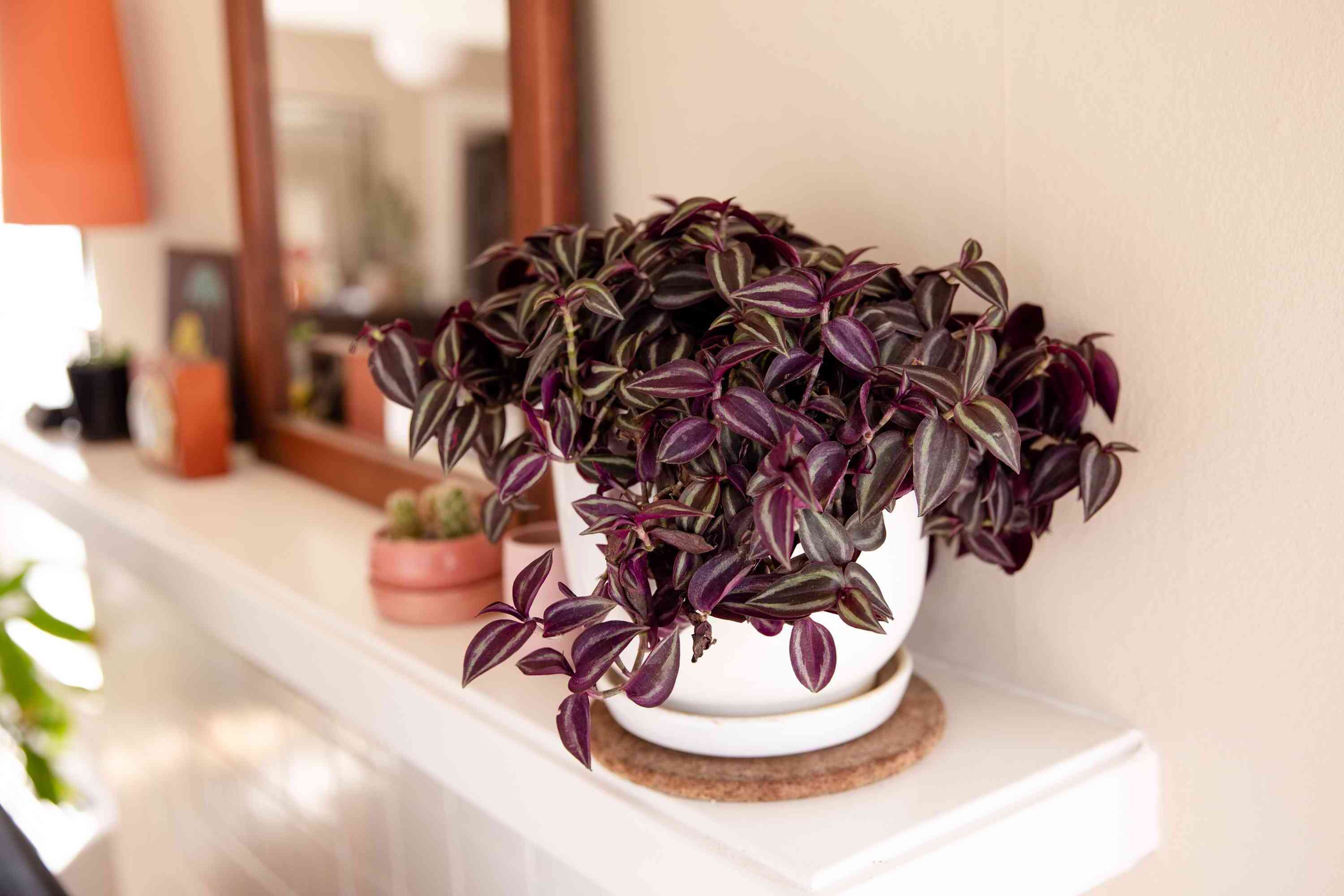
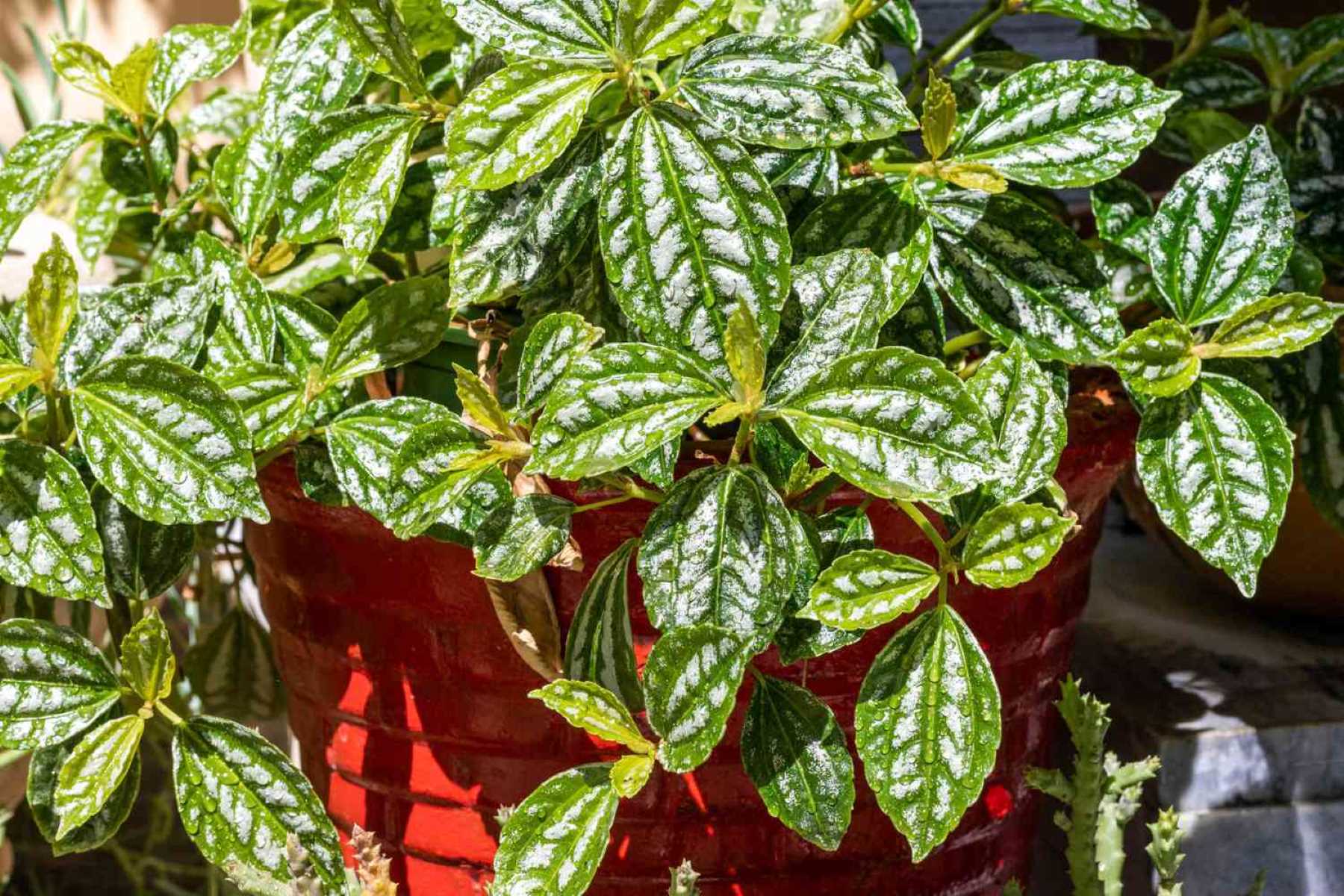
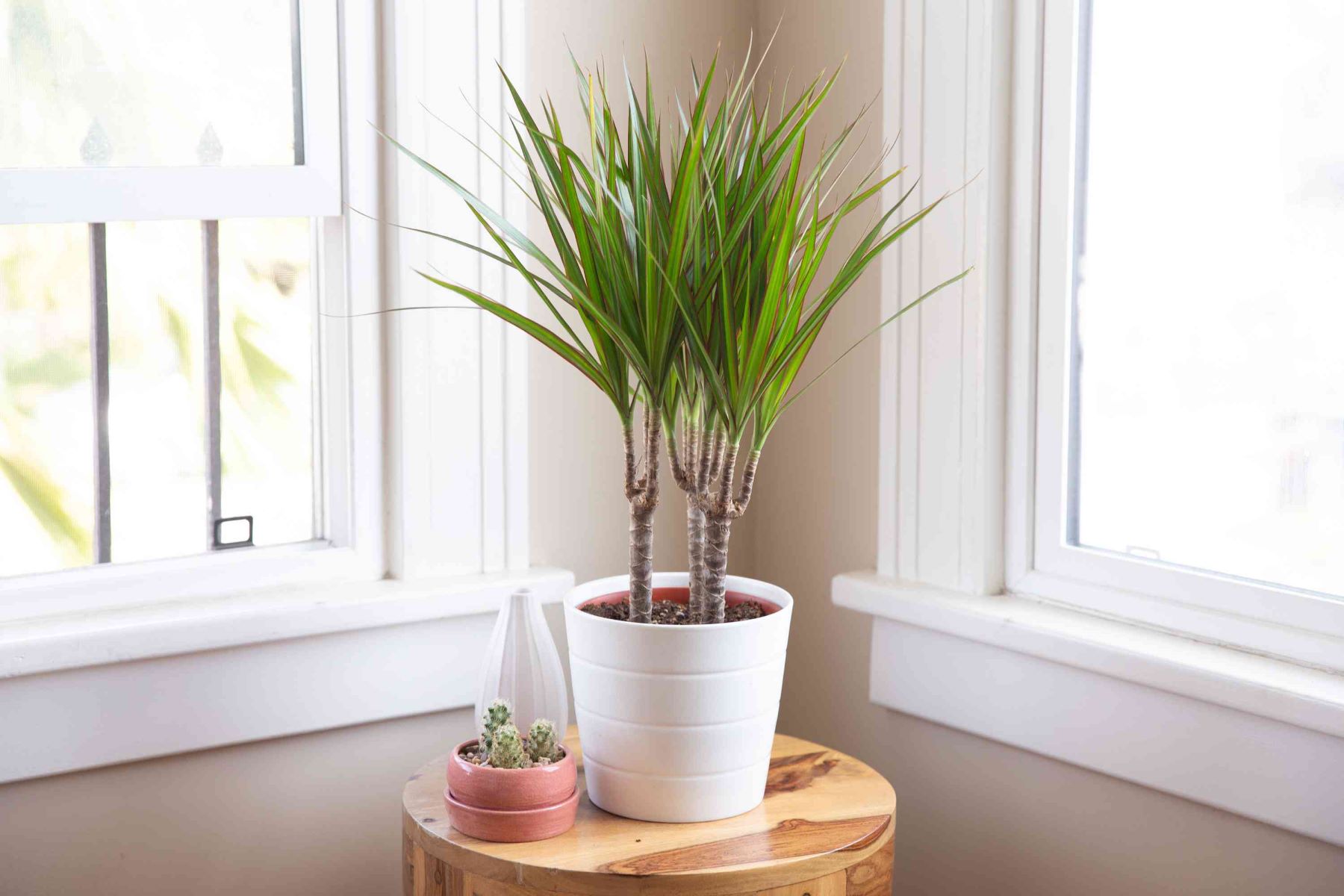
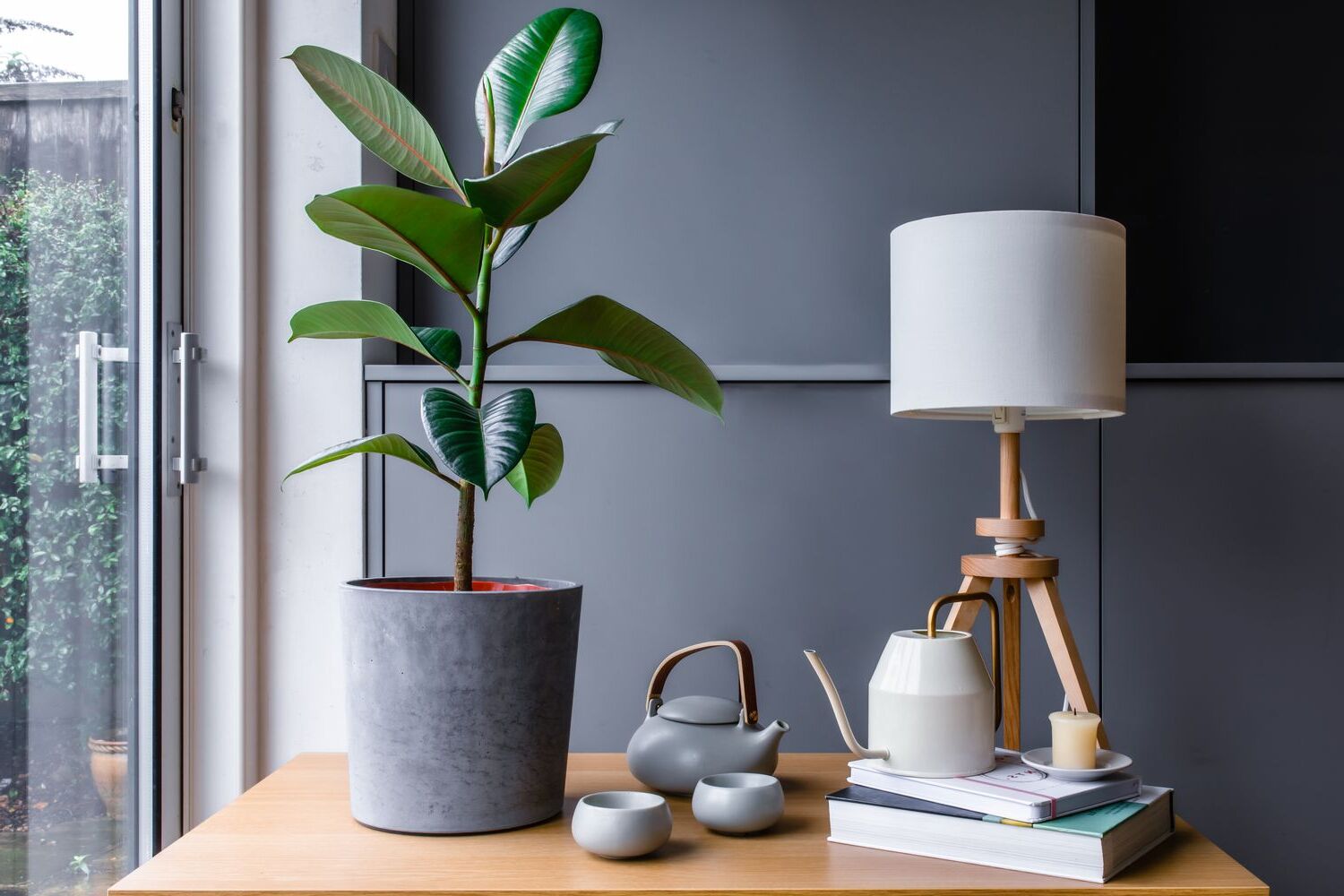

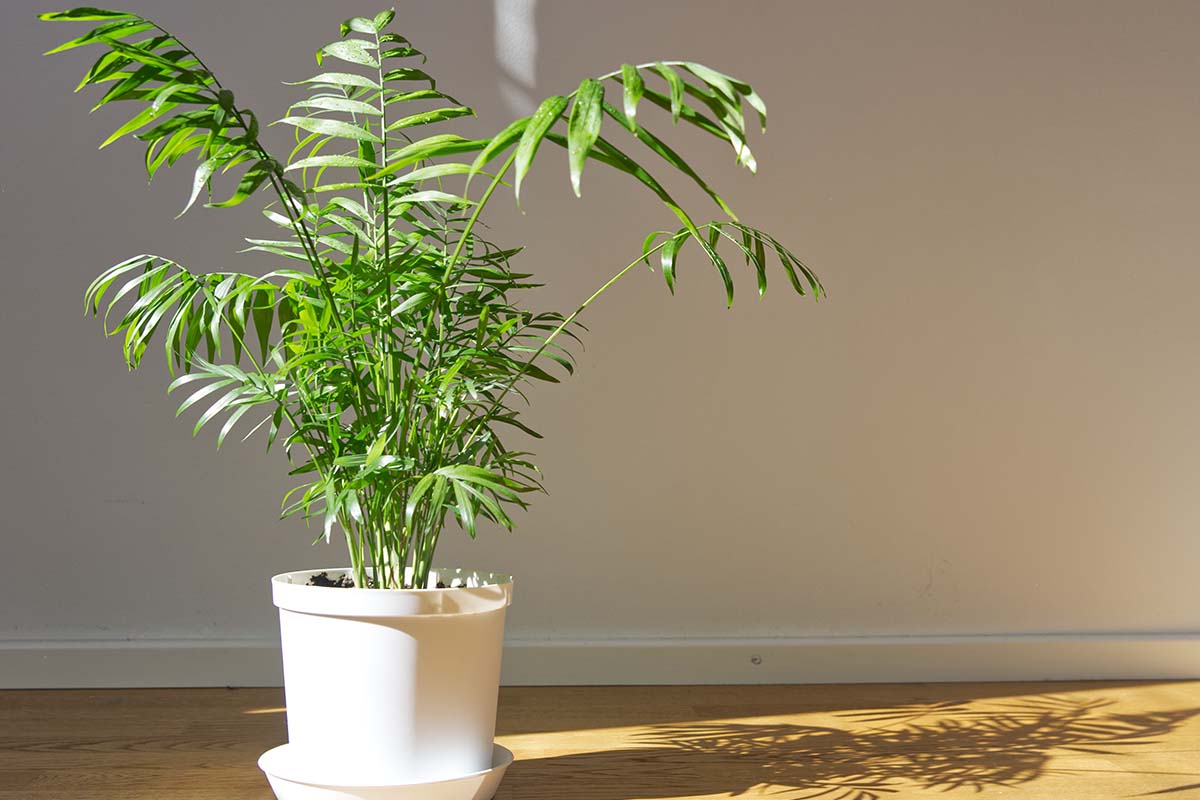
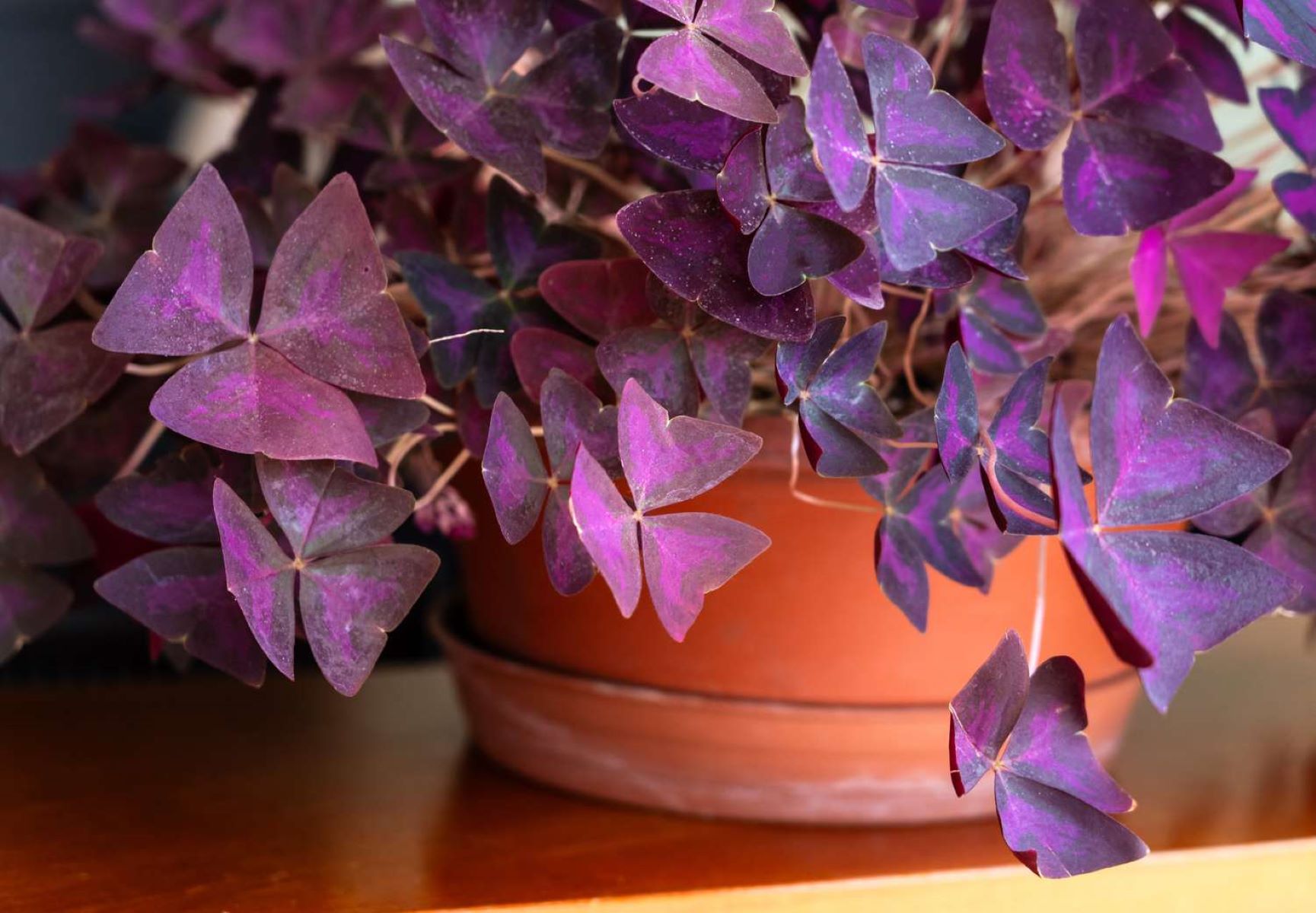
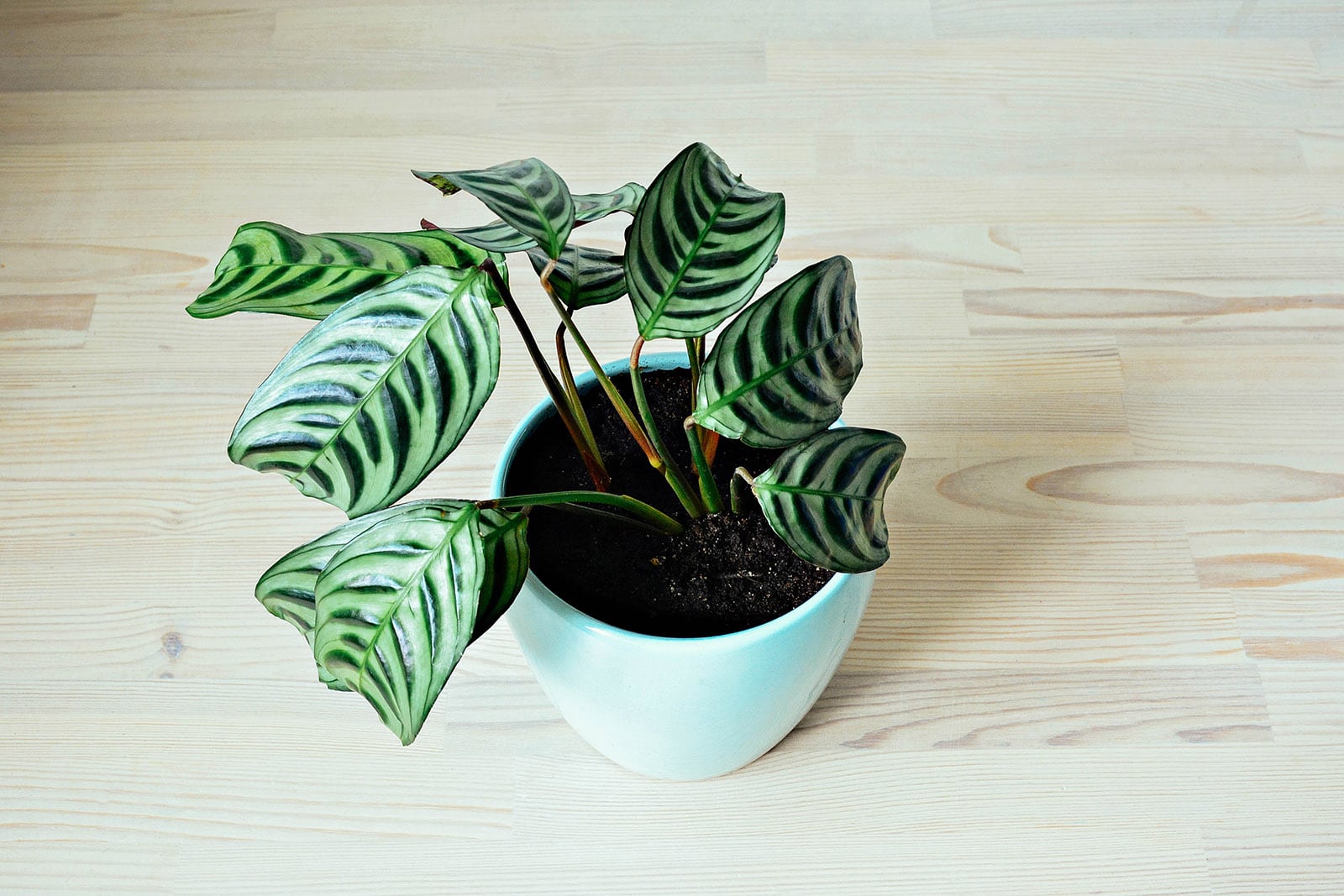
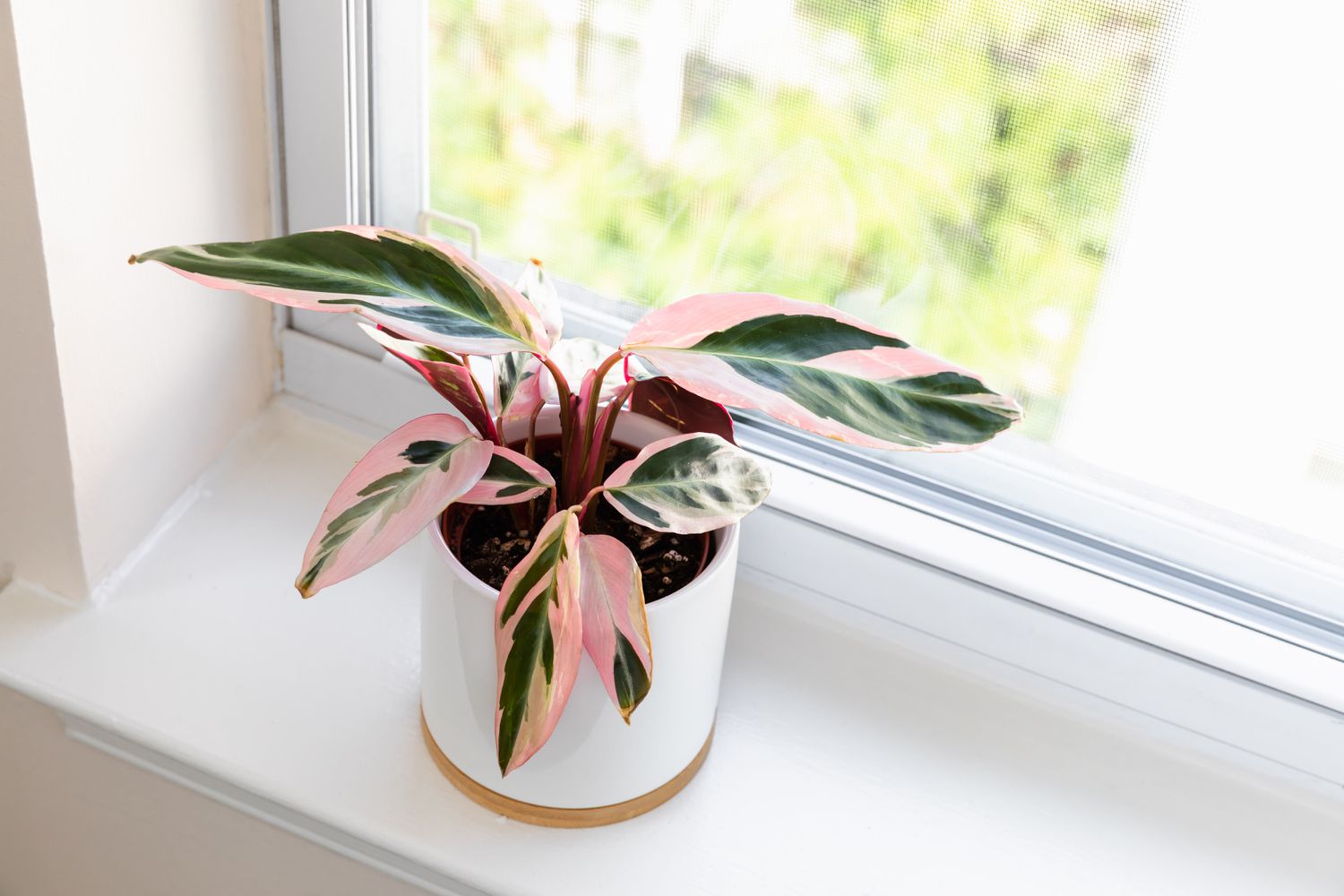
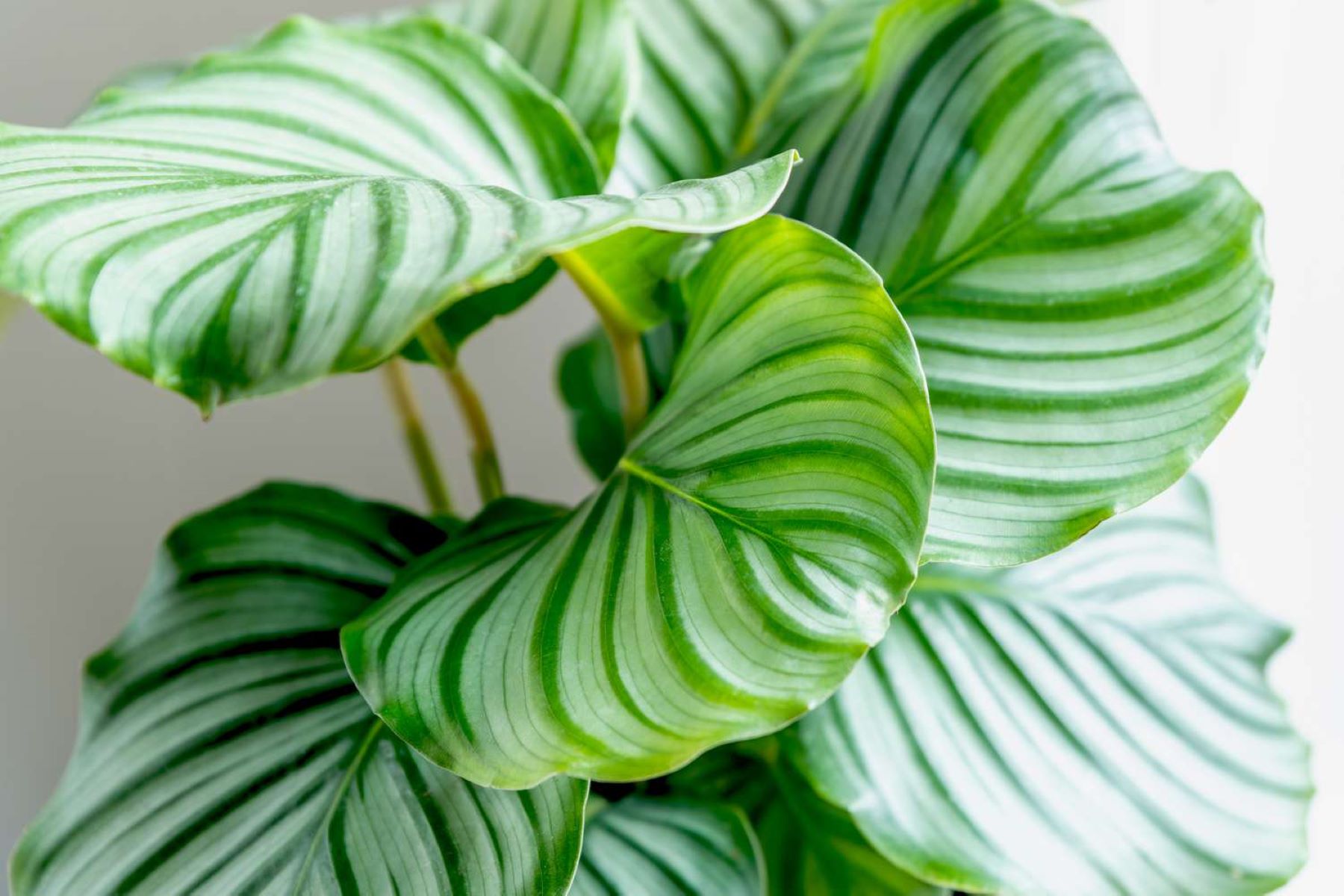

0 thoughts on “Indoor Polka Dot Begonia Care and Begonia Maculata Guide”